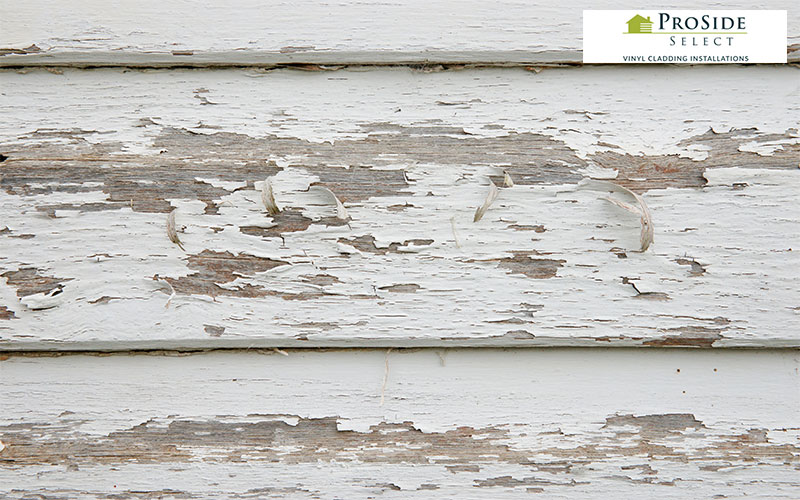
Replacing Rotten Weatherboards
Rotten weatherboards can cause several problems for Victorians homeowners. Together with cosmetic issues, infected weatherboarding creates an access point for insects along with rodents, and it is a breeding ground for infections mould. Replacing rotten weatherboards boosts your house’s longevity along with its assessed value. Fortunately, a damaged weatherboard can be replaced with minimal building experience, and without significantly impacting the surrounding boards.
Rotten Weatherboard Replacement Tips.
Replacing rotten weatherboards stops further damage to your home.
Before we start getting into details, we highly recommend talking to a professional builder as completely replacing rotten weatherboards and recladding your home is not an easy task and it required a builders licence, if performed incorrectly it will cause further damage to your home.
The first step is to assess the condition of the current boards and determine whether a complete replacement or sectional repairs are required. Small repairs are often caused by water damage or deteriorated coatings that have allowed water to seep into the timber and cause the rot.
How do you replace a rotten weatherboard?
For small repairs, a carpenter can remove the damaged weatherboards, along with any undamaged adjacent boards around the affected area. Weatherboards take some skill to remove without damaging adjacent boards. Using gentle pressure towards the seams between the weatherboards using a crowbar to loosen the nails, then discard the rotten weatherboards. It’s good practice to remove the nails from the undamaged weatherboards that have been are removed and replace them.
It’s important to inspect the structure behind the weatherboards for water damage and mould. If there is warping, significant discolouration or even extensive rot or mould, the project becomes more complex and additional work may be required in order to restore or replace part of the structure. We want to emphasise if the weatherboards are rotten then cleaning, patching and painting over the exterior will not eliminate the problem. The mould and damage become worse over time, increasing the chances of needing a full replacement.
If an inspection has revealed all the weatherboards are beyond saving, then removing all the existing boards and replacing them with a new external cladding is required.
How do you insulate a weatherboard house?
It’s a good time to investigate insulation options. Many older homes have old inefficient insulation or don’t have any insulation at all. Basic Sarking/Sisalation® is ideal for providing an added layer of protection to the structure of your home and increasing your homes energy efficiency.
 There are also cladding options available with an insulated foam backing, further increasing your insulation rating.
There are also cladding options available with an insulated foam backing, further increasing your insulation rating.
It’s essential that your new external cladding is sealed according to the manufacture’s procedure. If seams are left open, it can allow cold drafts in and lower your homes energy efficiency.
Tools & equipment generally required for weatherboard replacement:
- Crowbar
- Circular saw
- Hammer/Nailgun
- Stud finder
- Silicone caulk/sealants
- Ladders/scaffolding
Replacing Weatherboards With Cladding.
Why Choose Vinyl/PVC for Replacing your rotten weatherboards with cladding?
When selecting vinyl cladding, you have several textures and colours from which to pick. Even more essential, vinyl outlasts almost every other exterior surface. Vinyl also shrinks as well as expands in conjunction with the weather, which makes it longer-lasting and less prone to break, tear, or wear down. Most of the vinyl cladding is created to last Thirty years or more.
Vinyl’s extended life also makes it the most inexpensive exterior surface choice for your home. And, if a piece or part of any vinyl weatherboards become damaged, you would just need to replace the part that is damaged. What could be simpler or more affordable?
There are many additional perks to buying vinyl cladding. For instance, the additional layer surrounds your house and provides extra insulation through the heat or even the cold.
Your vinyl will also keep its new appearance for several years, with minimal fuss or maintenance. Additionally, it lends a neat and polished look to your house that paint or any other treatments cannot offer long-term. It is available in numerous styles as well, such as wood planking, stucco, rough-cut cedar, and stone.
It also applauds along with vinyl accessories like soffit and fascia, shutters, window facings for the greater polished and beautiful look for your house. You may also combine textures and colours for a unique visual attractiveness that will set your home apart from the others in your community.
PVC cladding provides outstanding thermal insulation compared to brick, concrete or timber and utilises a system where the pieces are clipped to one another. Available in various sizes, they are available in matching edge trims and colours.
What Type of Maintenance Will be Required?
Within standard conditions, the only maintenance that the vinyl/PVC cladding should require is an occasional washing with water and soap, or with one of the specific soaps that may be purchased particularly for vinyl/PVC cladding. In case your home doesn’t have guttering, it may be a smart idea to think about having it installed as it will help keep out the moisture from your your home’s exterior and reduce the probability of mould or mildew on the vinyl. Some vinyl coverings are specially treated to handle mildew and mould, which helps to ease this possibility.
How do you know when to remove a rotten weatherboard?
Majority of homeowners will discard and remove the original weatherboards from when the home was first built however weatherboards with minimal damage can be refurbished, treated and used again. Wooden weatherboards are mostly unappreciated in the building trade however if looked after it can be suitable for many years.
To distinguish which wooden boards can be repaired, saved and used again is going to take some observant investigating. If the wood appears to be solid without any termite damage and has simply come out of place, nail the board back in place. However if the board is sagging, feels soft, and shows all signs of rot do not proceed and seek a professional.
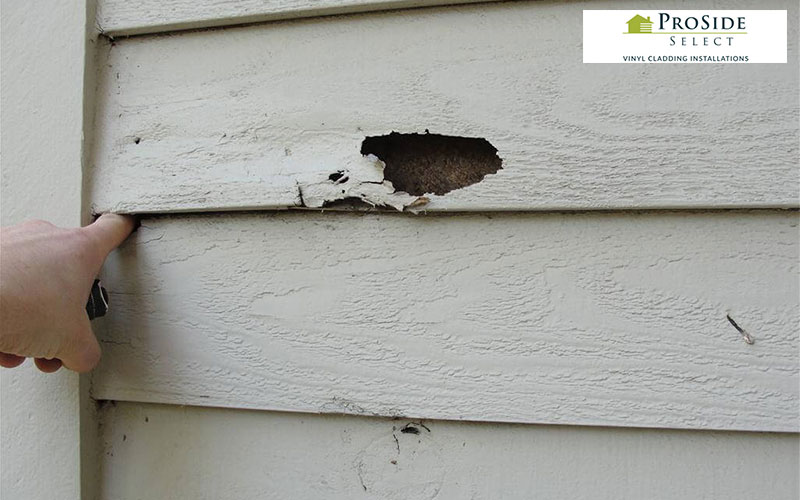 Repairing Rotten Weatherboards
Repairing Rotten Weatherboards
Repairing rotten weatherboards is not advised. Once rot, moss and mould sets into the wood it becomes brittle and soft and disturbs the natural stability of the material. The rotten sections can be cut out and filled with wood filling materials however this is rarely successful and the rot will continue and ultimately require replacing in the future.
Please note spraying the weather board with a power hose or sanding the weather boards will not kill the moss or mould. This would only be a cosmetic answer and the mould will grow again.
Avoid Common Mistakes When Replacing Rotten Weatherboards
- Bear in mind your locations weather and climate
- Choosing when to do the work carefully, you want to avoid warping and weather issues.
- Never install cladding during extreme hot weather
- Choose the right wood for your climate and weather
- Choose hard wood over soft wood
- Find an expert to do the job, do not hire the first person, but instead research online for the best out there.
We hope this guide will help you better understand in what’s involved in replacing rotten weatherboards, and just how easy it is to get it wrong and cause further damage.
If you are in need of replacing your rotten weatherboards, contact us today and leave it to us, the experts!
Thinking of cladding over weatherboards or a complete replacement? Complete the below form to discuss your project and get a free quote.

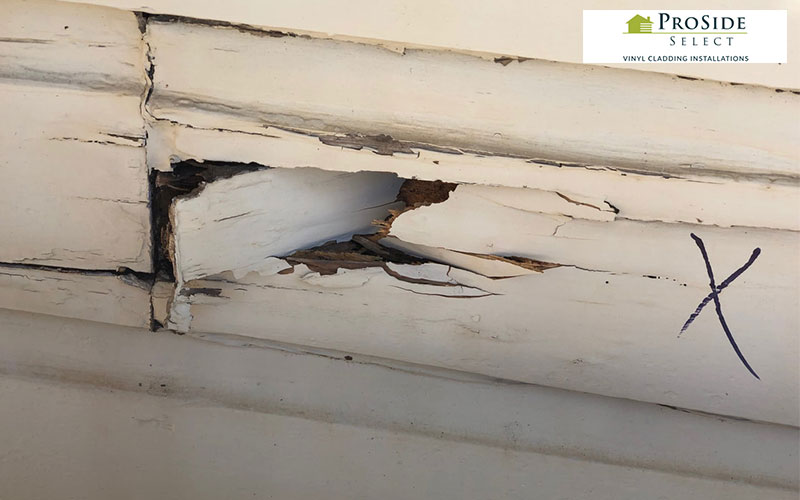
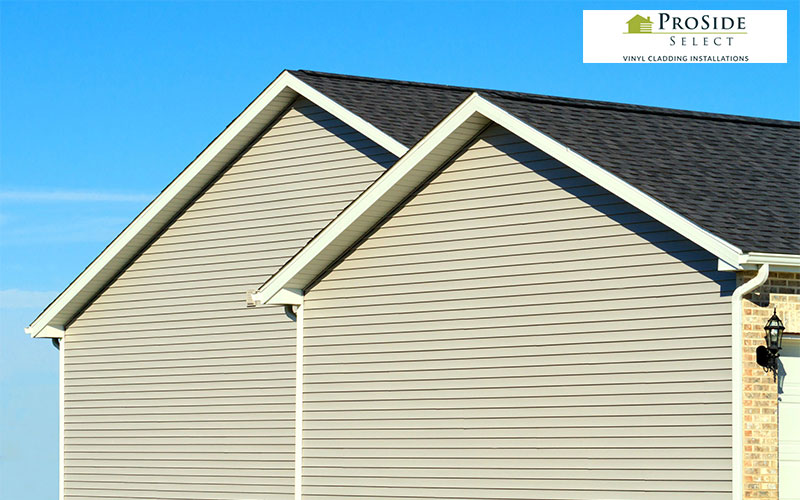
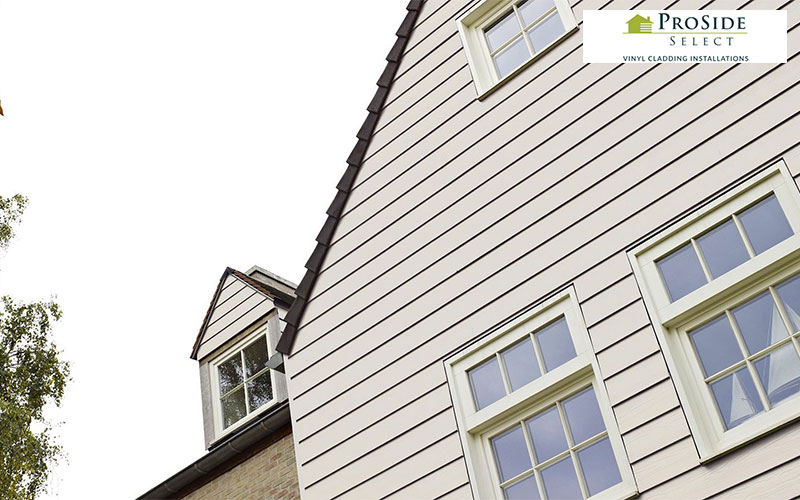
This Post Has 0 Comments